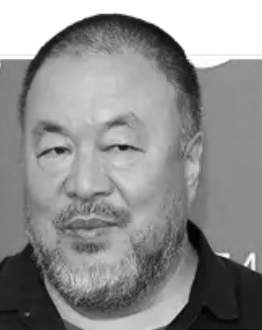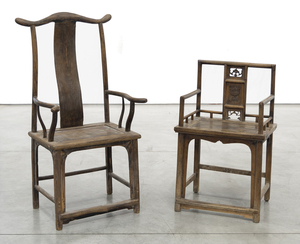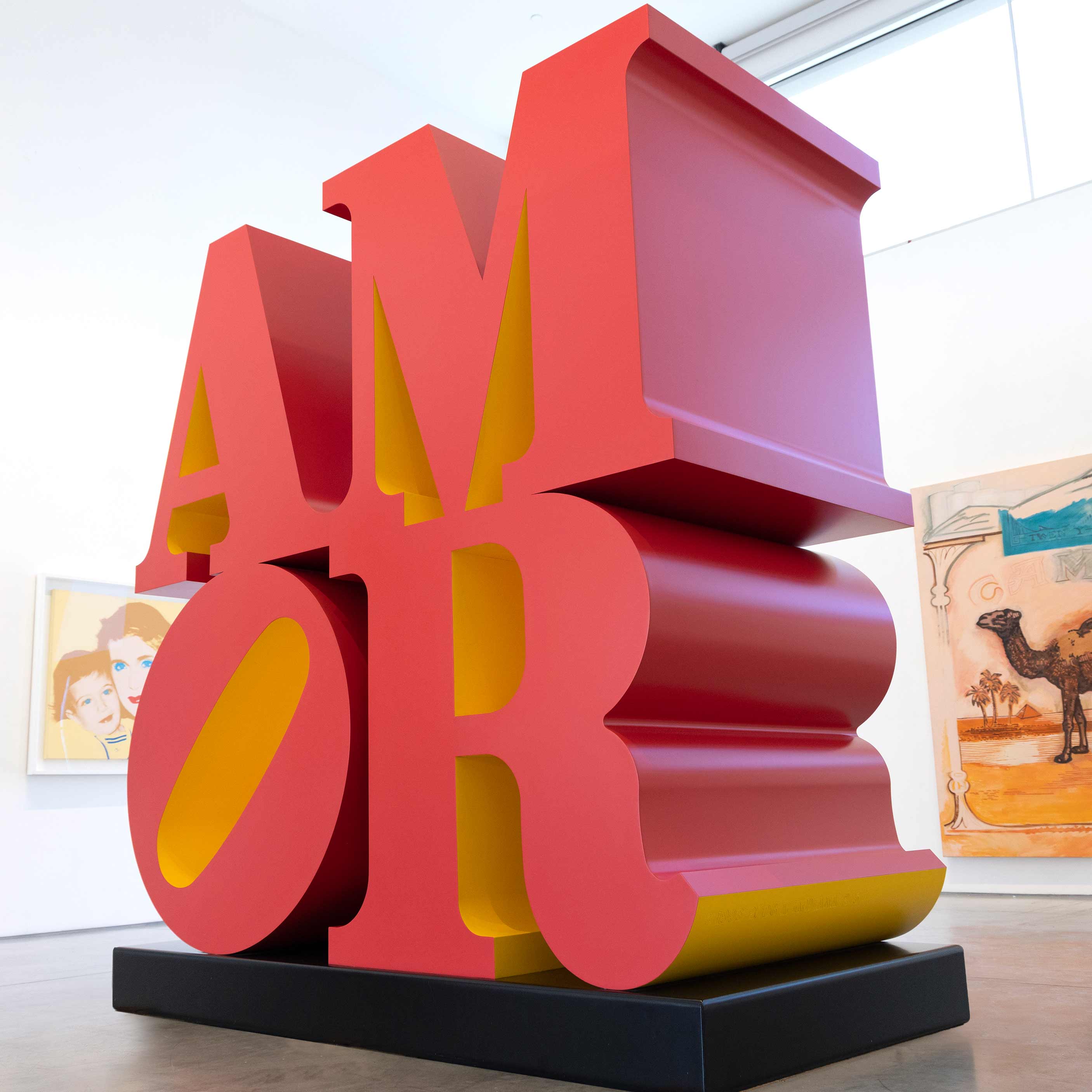AI WEIWEI (b. 1957)
 Ai’s father was Ai Qing, one of China’s most renowned poets. Shortly after Weiwei was born—most sources state on August 28, 1957, but others suggest May 13 or 18, 1957—communist officials accused Ai Qing of being a rightist, and the family was exiled to remote locales. They were first sent to the northeastern province of Heilongjiang and then to the northwestern autonomous region of Xinjiang before being allowed to return to Beijing in 1976, at the end of the Cultural Revolution. As a youth, Weiwei had become interested in art, and in 1978 he enrolled at the Beijing Film Academy, though he found more creative and intellectual stimulation as part of a collective of avant-garde artists called Xingxing (“Stars”). Eager to escape the restrictions of Chinese society, he moved to the United States in 1981. Settling in New York City, he attended Parsons School of Design (part of what is now the New School) and actively engaged in the city’s fertile subculture of artists and bohemians.
Ai’s father was Ai Qing, one of China’s most renowned poets. Shortly after Weiwei was born—most sources state on August 28, 1957, but others suggest May 13 or 18, 1957—communist officials accused Ai Qing of being a rightist, and the family was exiled to remote locales. They were first sent to the northeastern province of Heilongjiang and then to the northwestern autonomous region of Xinjiang before being allowed to return to Beijing in 1976, at the end of the Cultural Revolution. As a youth, Weiwei had become interested in art, and in 1978 he enrolled at the Beijing Film Academy, though he found more creative and intellectual stimulation as part of a collective of avant-garde artists called Xingxing (“Stars”). Eager to escape the restrictions of Chinese society, he moved to the United States in 1981. Settling in New York City, he attended Parsons School of Design (part of what is now the New School) and actively engaged in the city’s fertile subculture of artists and bohemians.
Although Ai initially focused on painting, he soon turned to sculpture, inspired by the ready-made works of the French artist Marcel Duchamp and the German sculptor Joseph Beuys. Among his early creations exhibited at a solo show in New York City in 1988 were a wire hanger bent into the shape of Duchamp’s profile and a violin with a shovel handle in place of its neck. There was little market for Ai’s work, however, and in 1993, when his father fell ill, he returned to Beijing. Exploring the fraught relationship of an increasingly modernized China to its cultural heritage, Ai began creating works that irrevocably transformed centuries-old Chinese artifacts—for instance, a Han dynasty urn onto which he painted the Coca-Cola logo (1994) and pieces of Ming- and Qing-era furniture broken down and reassembled into various nonfunctional configurations.





